Rare Rides Icons: The History of Stutz, Stop and Go Fast (Part I)


Interested in lots of cars and their various historical contexts. Started writing articles for TTAC in late 2016, when my first posts were QOTDs. From there I started a few new series like Rare Rides, Buy/Drive/Burn, Abandoned History, and most recently Rare Rides Icons. Operating from a home base in Cincinnati, Ohio, a relative auto journalist dead zone. Many of my articles are prompted by something I'll see on social media that sparks my interest and causes me to research. Finding articles and information from the early days of the internet and beyond that covers the little details lost to time: trim packages, color and wheel choices, interior fabrics. Beyond those, I'm fascinated by automotive industry experiments, both failures and successes. Lately I've taken an interest in AI, and generating "what if" type images for car models long dead. Reincarnating a modern Toyota Paseo, Lincoln Mark IX, or Isuzu Trooper through a text prompt is fun. Fun to post them on Twitter too, and watch people overreact. To that end, the social media I use most is Twitter, @CoreyLewis86. I also contribute pieces for Forbes Wheels and Forbes Home.
More by Corey Lewis
Latest Car Reviews
Read moreLatest Product Reviews
Read moreRecent Comments
- FreedMike Sounds like Apple wants to recoup some of the bucks it spent on the car project.
- EBFlex Insatiable demand for EVs yet this happens. And a lot more layoffs at Tesla.
- SCE to AUX Maybe some Apple tech would be helpful, but please no self-driving stuff.
- SCE to AUX It's over, and over the last decade or so Henrik Fisker has left two eras of foolish customers driving paper weights.
- Kwik_Shift_Pro4X Always a good sign. 🤕 I would like to see their pitch on Shark's Tank/Dragon's Den



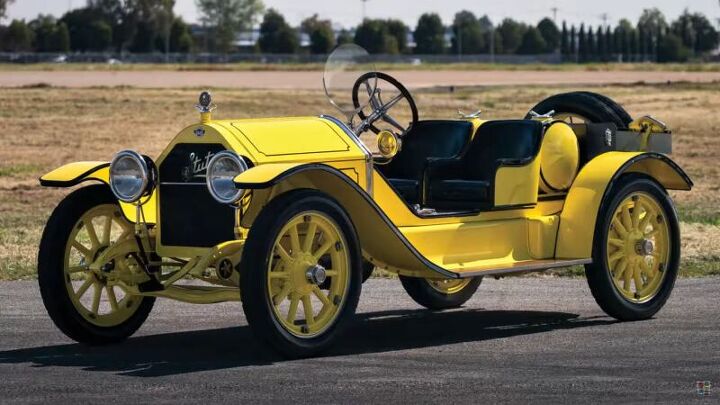



















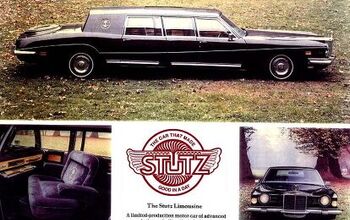

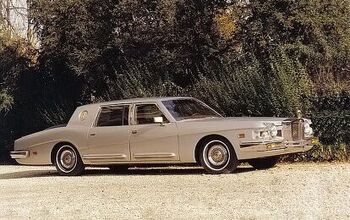
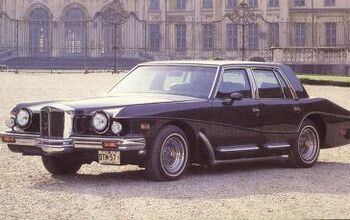
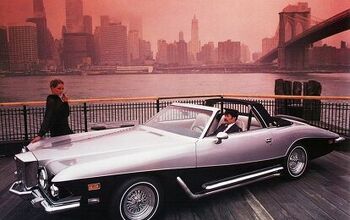










Comments
Join the conversation
I read about Stutz before in beautifully illustrated book "American Auto Legends: Classics of Style and Design" by Michael Furman. He writes there about Stutz and his company and 1930 Stutz Model M. Absolutely beautiful car (thanks to beautifully shot photos). It looks elegant and sporty at same time. I would drive one even today, EV conversion of course.
I remember the short-lived TV series "Bearcats!" https://www.youtube.com/watch?v=aX_bDkaNE0o It is a vague memory, but I remember the guys screaming around in this Stutz, shooting guns, etc. I think the show was cancelled and afterwards I got a 10" long metal toy version of the car as a gift.